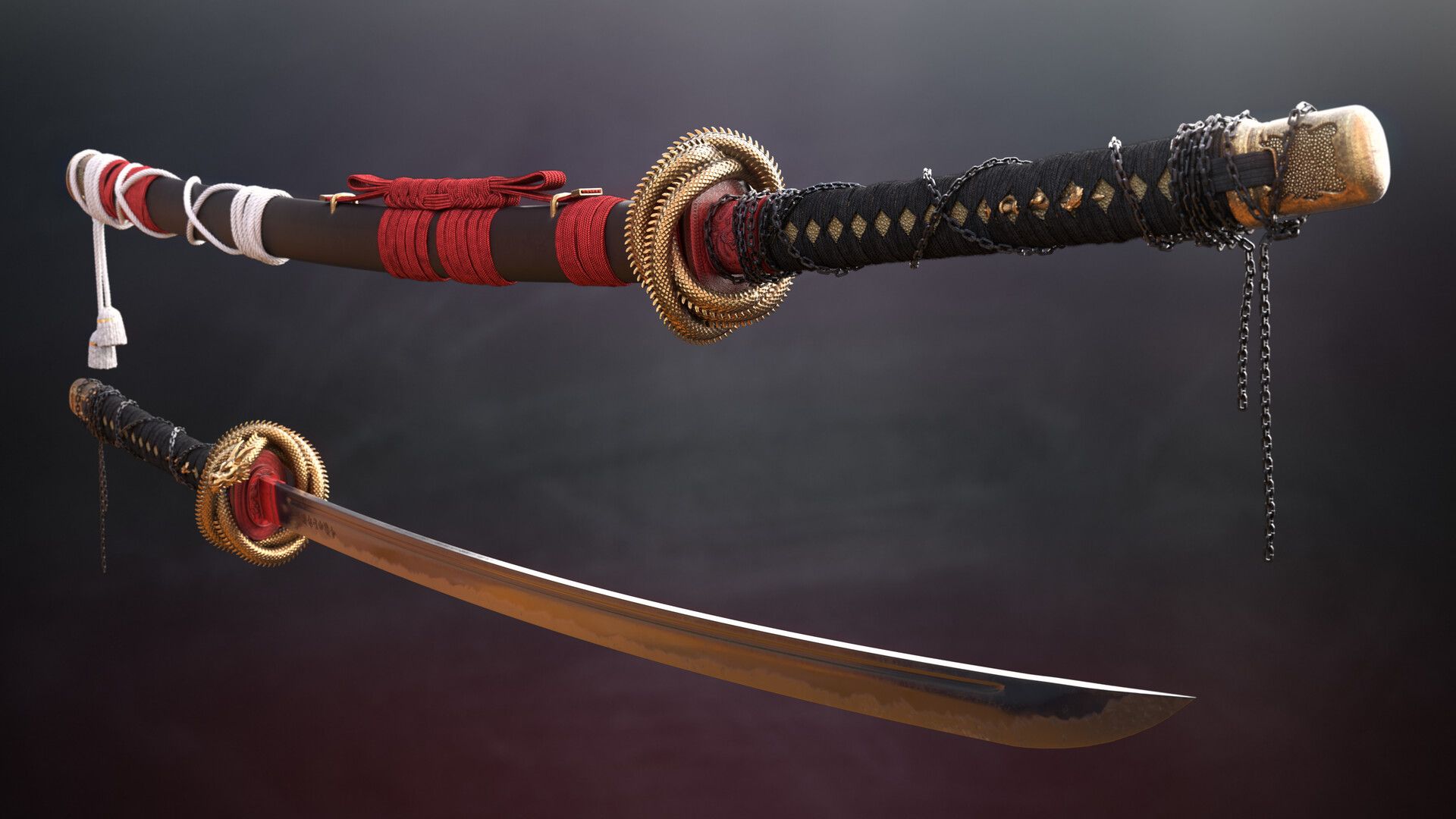1. Origins and Craftsmanship The katana sword is not just a weapon; it’s a symbol of Japanese culture, craftsmanship, and tradition. Originating in ancient Japan, the katana has a rich history dating back to the feudal era. Crafted by skilled artisans known as swordsmiths, the process of making a katana is meticulous and steeped in tradition. These swords are typically made from high-carbon steel, folded repeatedly to create a strong yet flexible blade. The craftsmanship involved in forging a katana is considered an art form, with each sword reflecting the skill and dedication of its creator.
2. Symbolism and Spiritual Significance Beyond its physical attributes, the katana holds deep symbolic and spiritual significance in Japanese culture. For centuries, it has been revered as more than just a tool for combat; it embodies the soul of the samurai, Japan’s ancient warrior class. The katana is often associated with concepts such as honor, loyalty, and discipline, making it a powerful symbol in Japanese folklore and mythology. In the hands of a skilled swordsman, the katana is believed to possess a mystical energy known as “ki,” which enhances its cutting power and effectiveness in battle.
3. The Way of the Samurai Central to the philosophy of the samurai is the concept of Bushido, the “Way of the Warrior.” This code of ethics emphasizes virtues such as courage, integrity, and self-discipline, all of which are embodied in the wielding of the katana. For samurai warriors, the katana is not just a weapon but an extension of their own being, a symbol of their dedication to their lord and their willingness to lay down their lives in service. Mastery of the katana requires not only physical skill but also a deep understanding of Bushido and the principles it represents.
4. Techniques and Training Training in the art of swordsmanship, or kenjutsu, is essential for anyone seeking to wield the katana effectively. This training involves mastering a variety of techniques, including striking, parrying, and footwork, as well as learning how to properly care for and maintain the sword. Swordsmanship is not just about physical prowess; it also requires mental discipline and focus. Through years of dedicated practice, a skilled swordsman can achieve a state of mushin, or “mindlessness,” in which their actions become instinctual and fluid, allowing them to react with split-second timing in the heat of battle.
5. Legacy and Modern-Day Influence While the age of the samurai has long since passed, the legacy of the katana continues to endure in modern times. Today, these iconic swords are prized by collectors and martial artists alike, and the art of swordsmanship is still taught and practiced around the world. Moreover, the katana’s influence can be seen in various aspects of popular culture, from movies and video games to literature and fashion. Despite the passage of centuries, the katana remains a symbol of Japan’s rich cultural heritage and the spirit of the samurai warriors who once wielded it with honor and skill.katana swords
